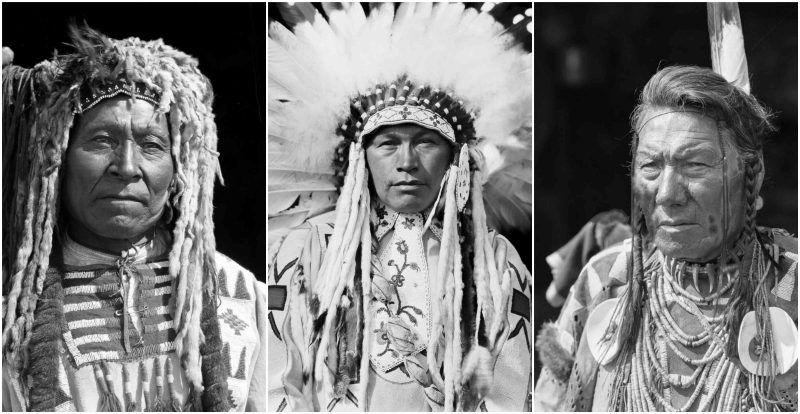Canadian photographer, Harry Pollard spent time photographing the people who made up the First Nations in Alberta, Canada in 1910.
The First Nations are recognized as the Aboriginal people of Canada; this excludes the Metis and Inuit, who are separate from this group distinction.
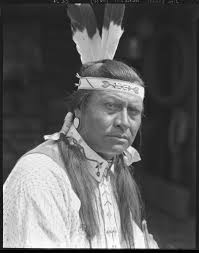
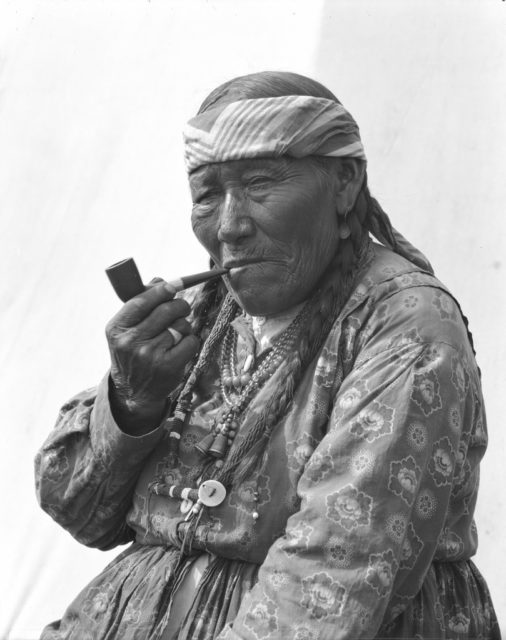
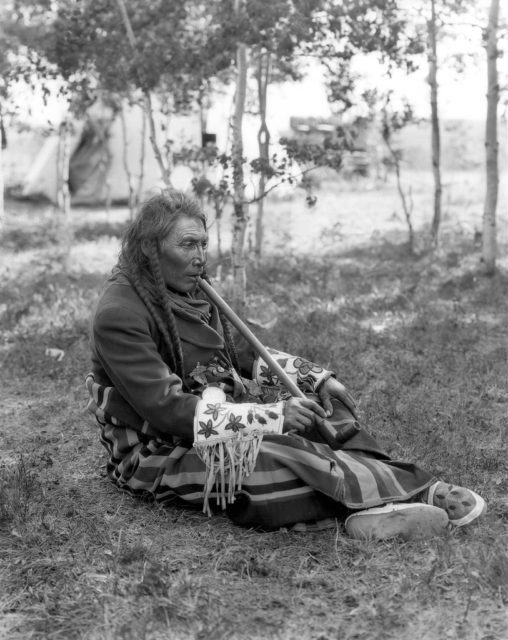
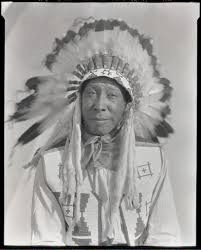
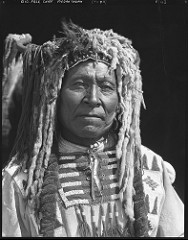
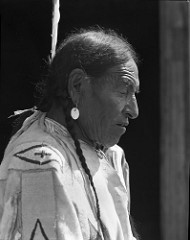
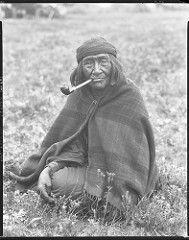
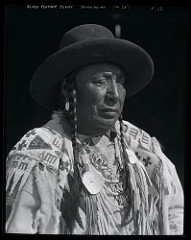
In particular, one can see the way of life that these people lived through Pollard’s still life photography from his time spent in the Assiniboine camp. Many of the photographs are single portraits of various adults from the Nakoda Nation, Siksika Nation, and Kainai Nation, as well as many others.
The still-life pictures show the majesty of spirit in these people, as well as the great talent of the photographer when capturing the essence of his subjects.
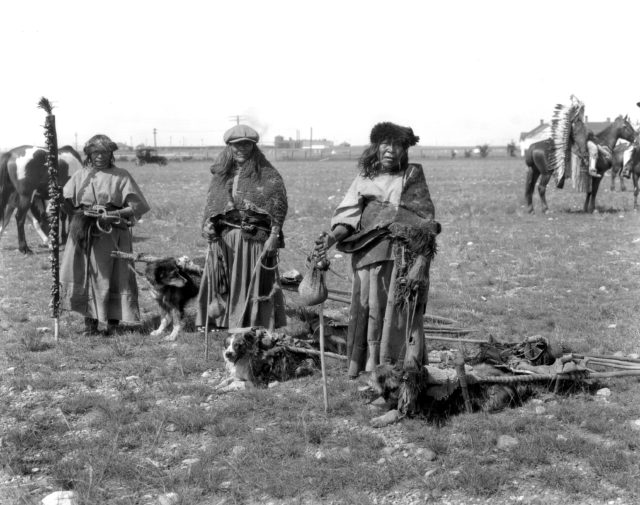
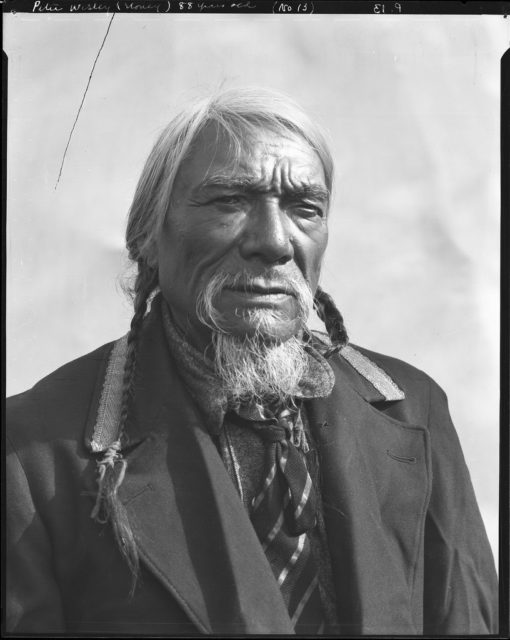
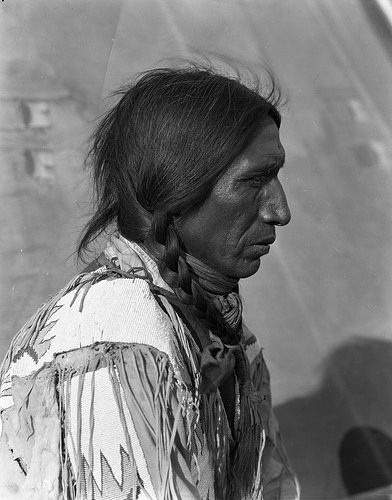
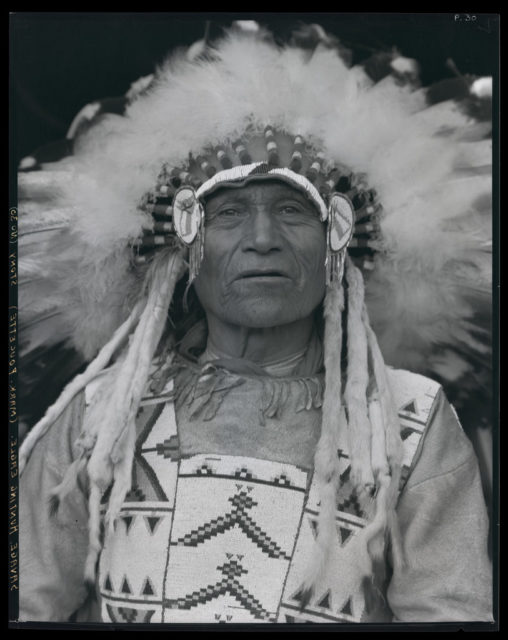
A 2001 Canadian census reported that nearly 85,000 Albertans considered themselves to be “North American Indians,” and by 2011 this has risen to nearly 117,000, or 13% of the total First Nation people in Canada.
This fact gave Alberta the status of having the third largest First Nation population of all the provinces. Half of the population is registered as living on a reserve land, while the rest are off-reserve. Many of the First Nation people living off-reserve are urban dwellers, with a large proportion of them living in Edmonton, the provincial capital. The population living off-reserve in Edmonton is approximately 18,000 people, according to the 2011 census; this is the second highest of any city in Canada.
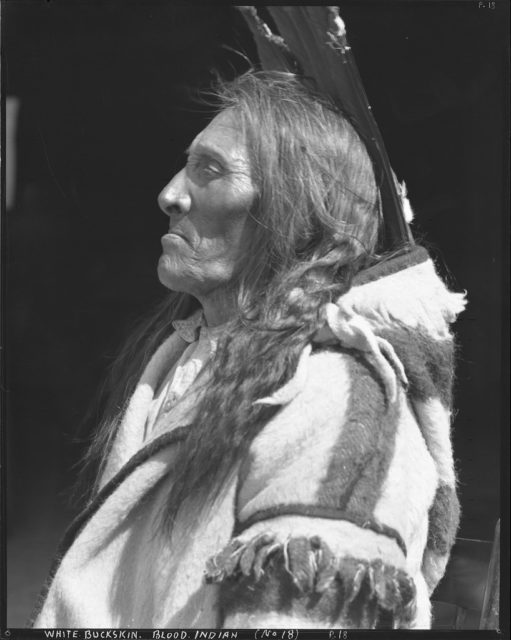
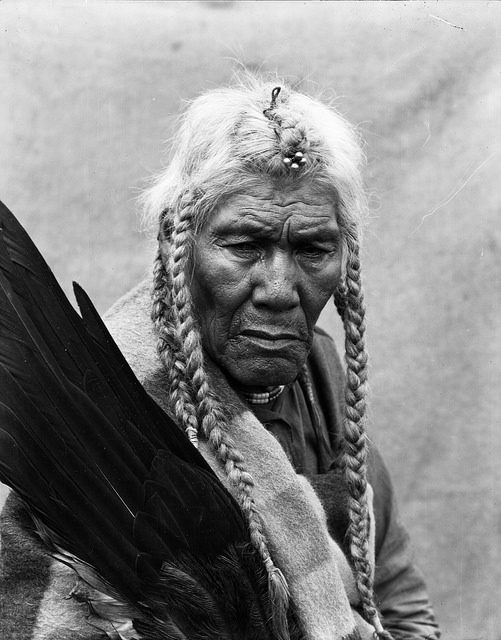
There are also nearly 20,000 people in the 2011 census in Alberta who claim to have some North American identity but are not registered in the official Indian Register.
In Alberta, there are 48 First Nation groups with a council and chief; these 48 groups belong to nine ethnic tribes, based on their ancestral languages.
These magnificent portraits that you are about to see, were taken by the Canadian photographer Harry Pollard, whose specialty was photographing First Nations.First Nations in Alberta are indigenous peoples who live in the Canadian province of Alberta.
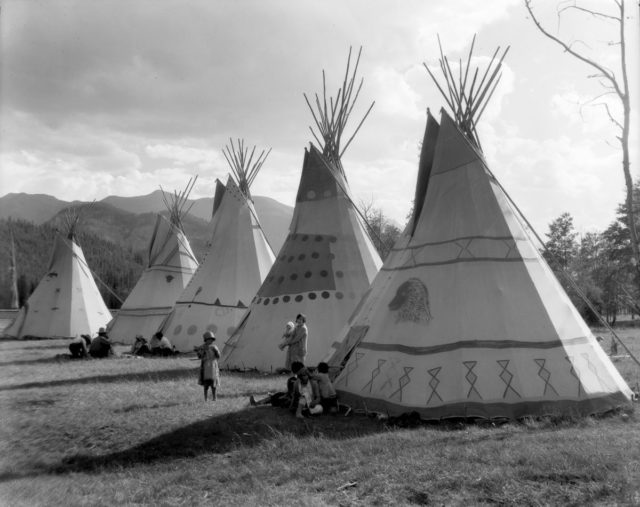
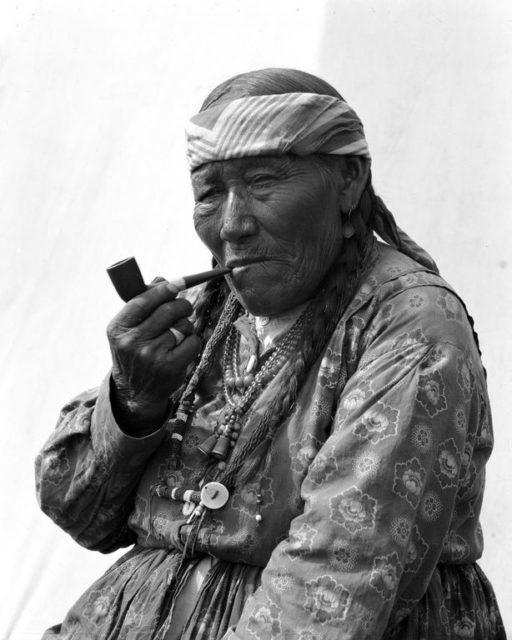
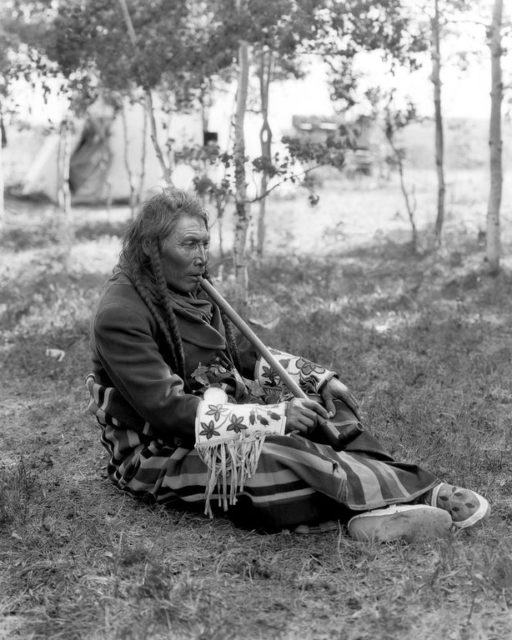
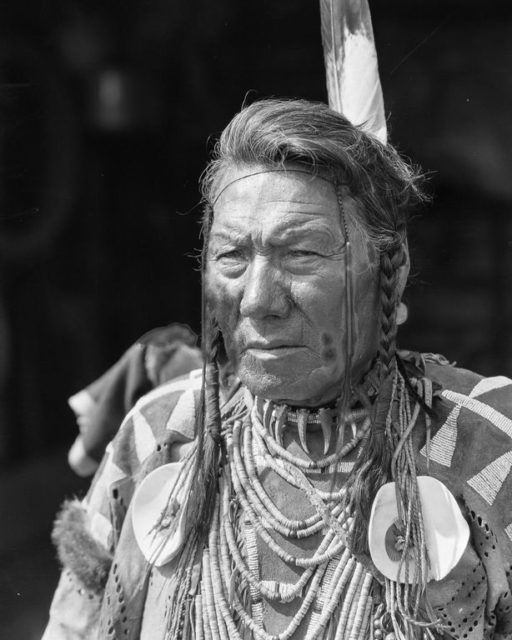
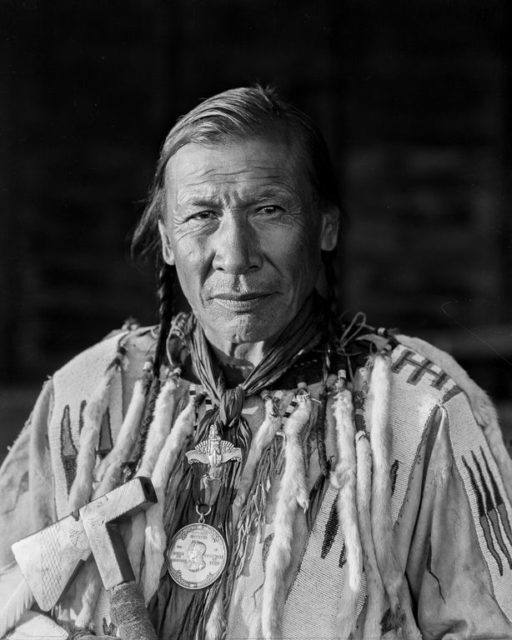
The First Nations are those peoples (or nations) recognized as Aboriginal peoples in Canada excluding the Inuit and the Métis. According to the Canadian census, in 2001 a population of 84,990 Albertans reported a “North American Indian” (i.e. First Nations) identity, rising to 116,670 in 2011 or 13.7% of all First Nations people in Canada, giving Alberta the third largest First Nations population among the provinces and territories (after Ontario and BC). From this total around half of the population lives on an Indian reserve (58,782 Registered Indians lived on-reserve in Alberta in 2005).
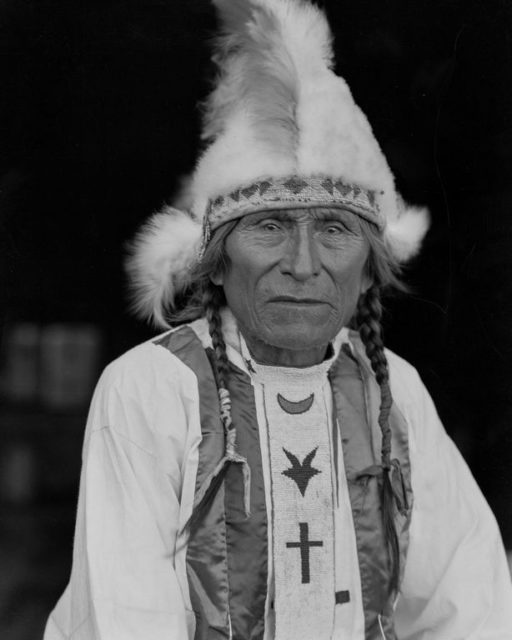
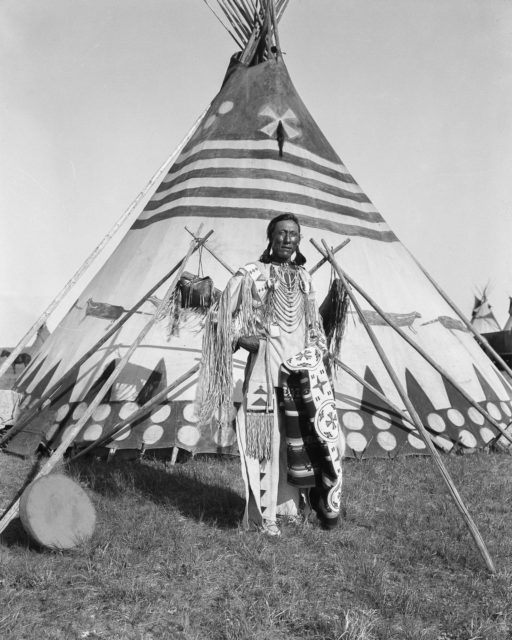
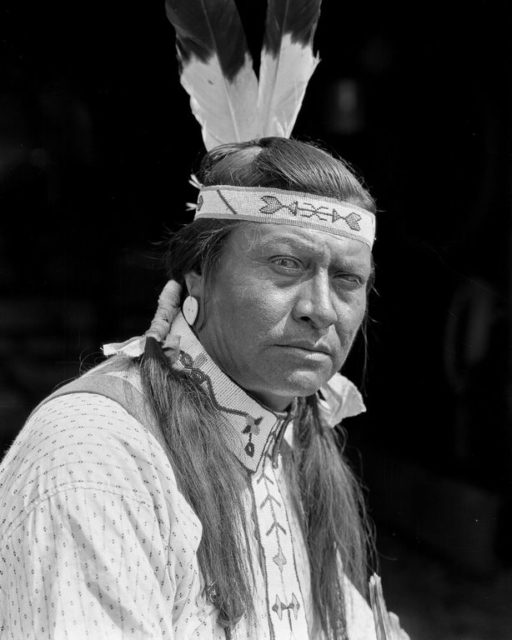
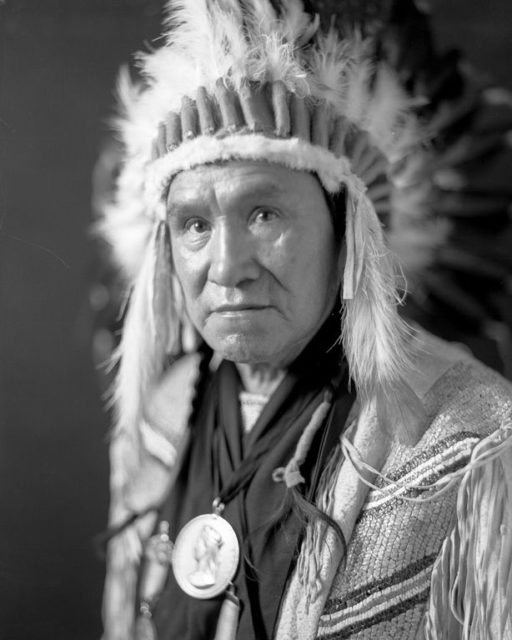
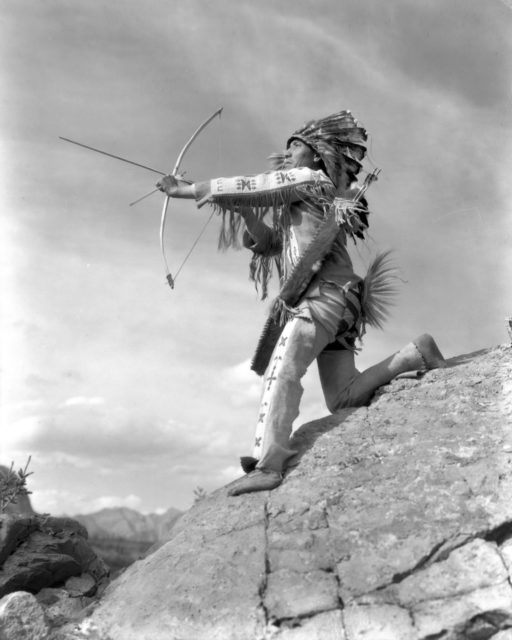
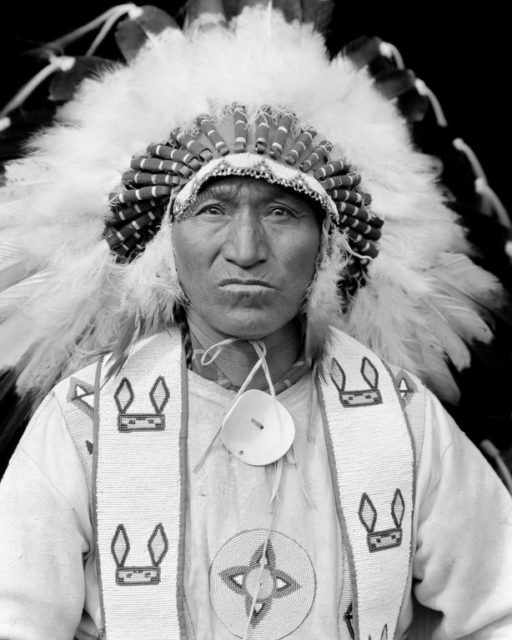
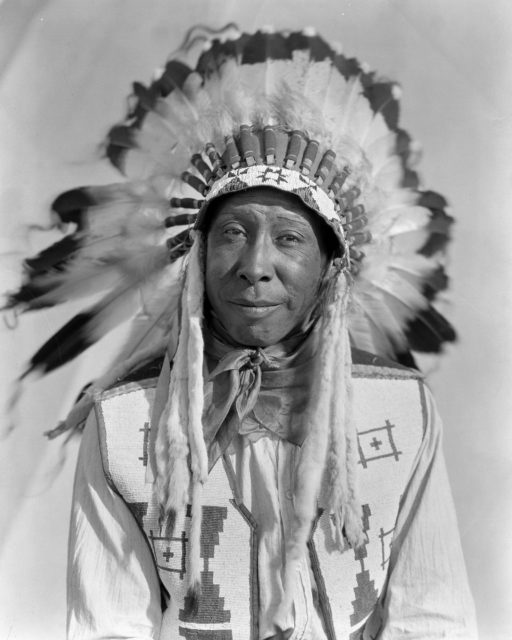
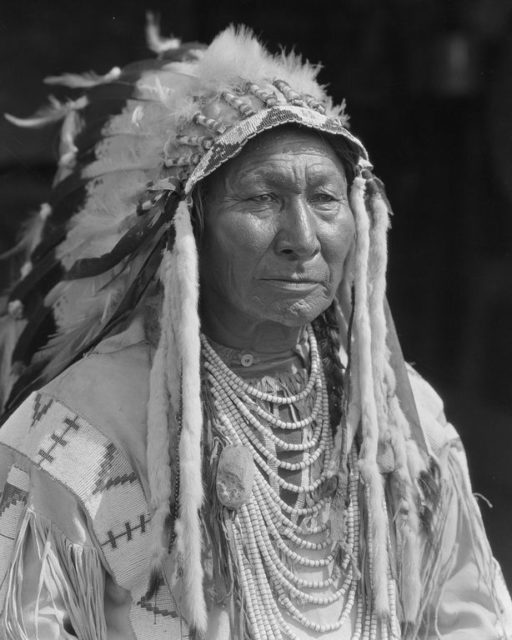
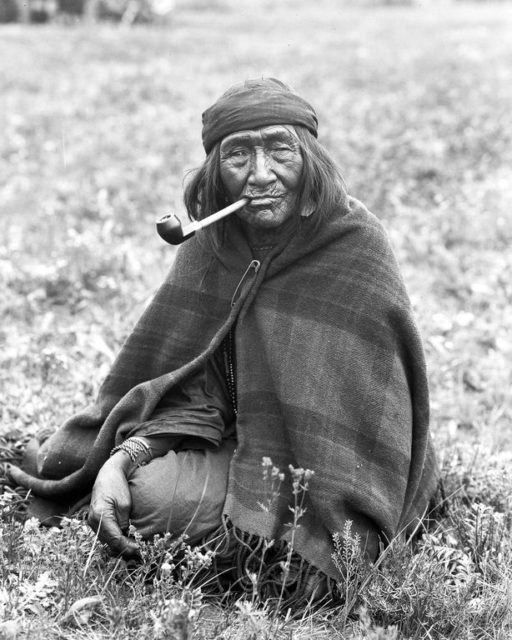
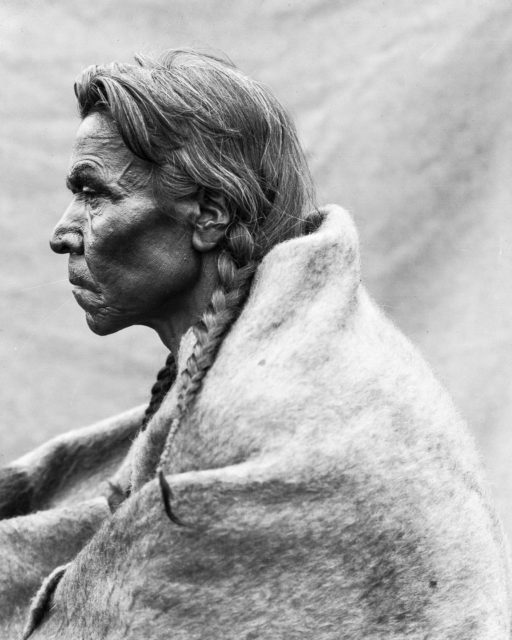
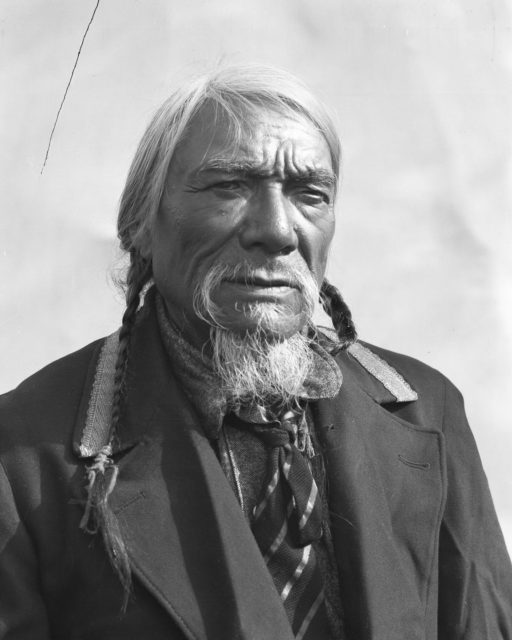
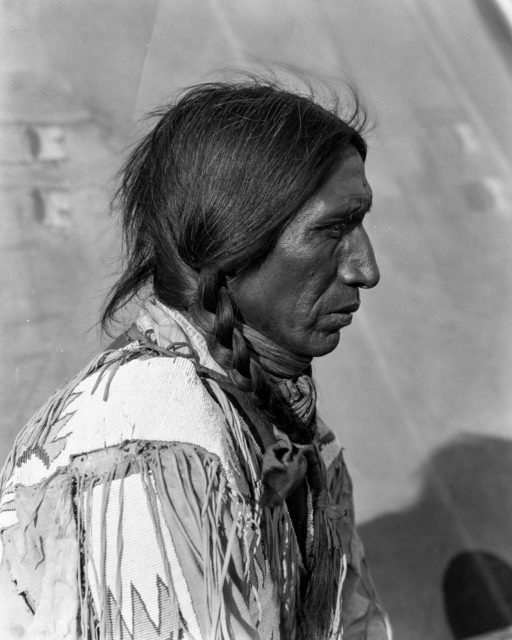
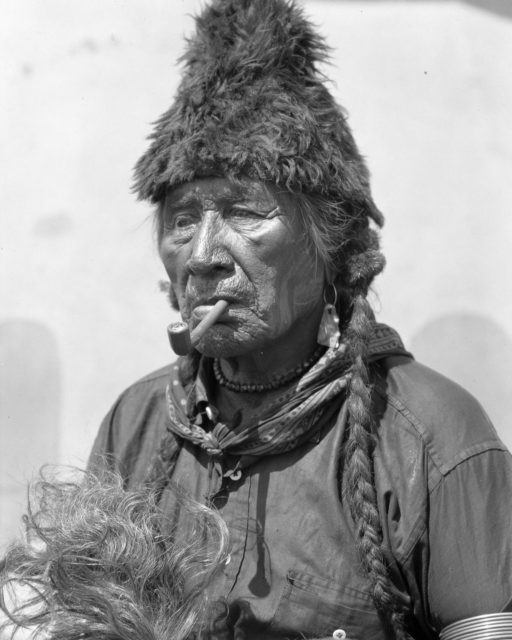
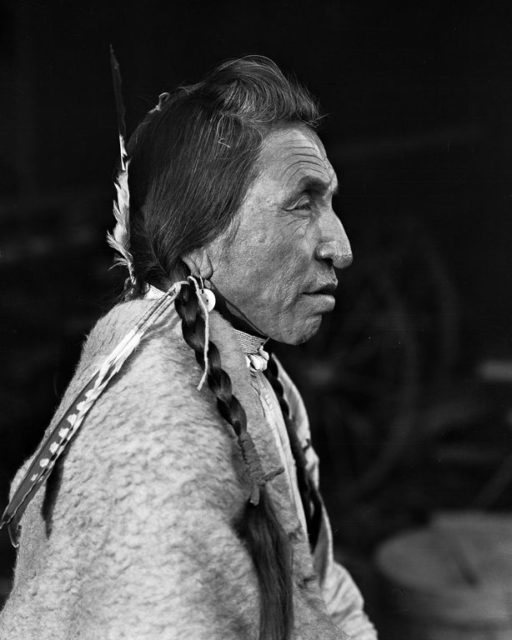
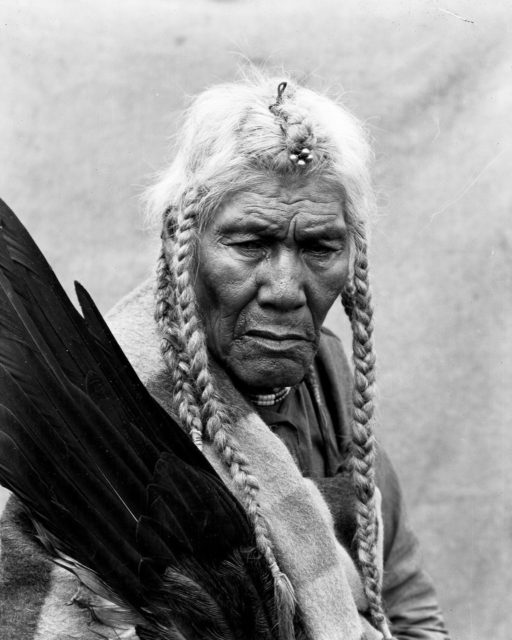
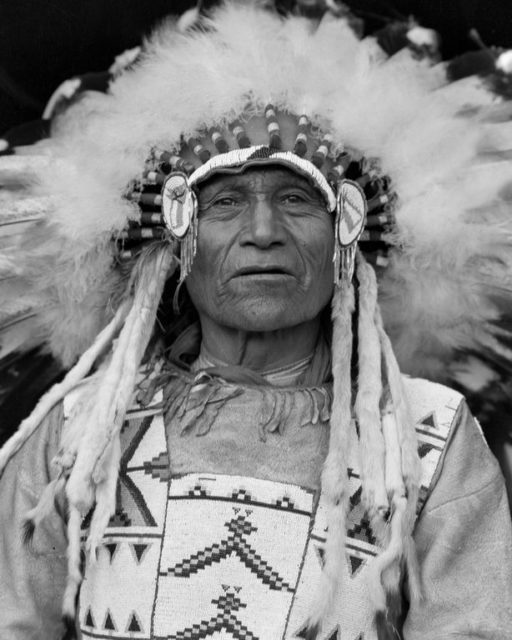
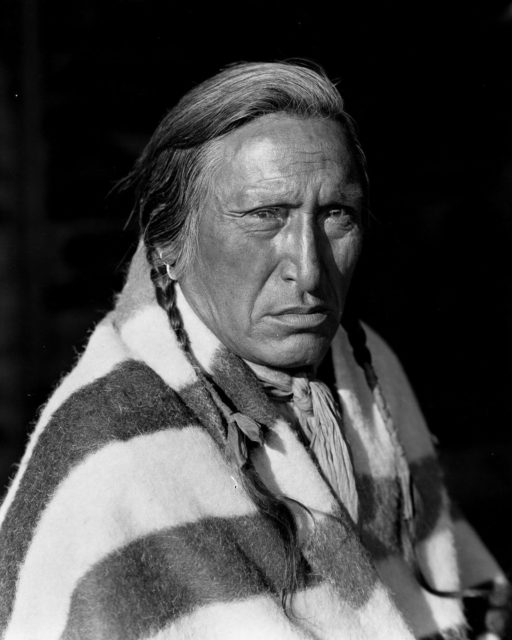
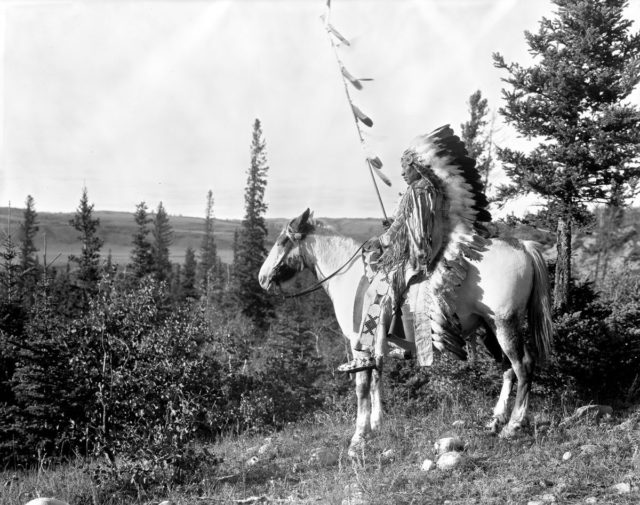
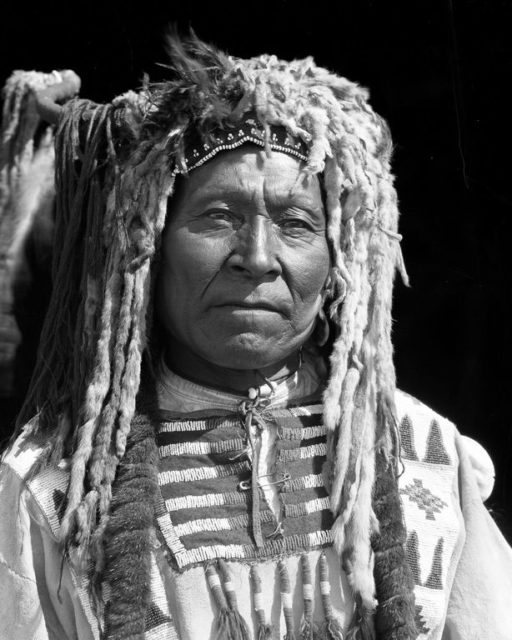
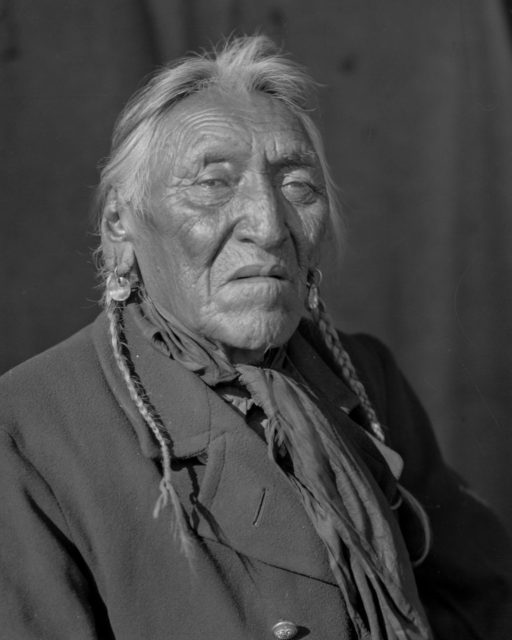
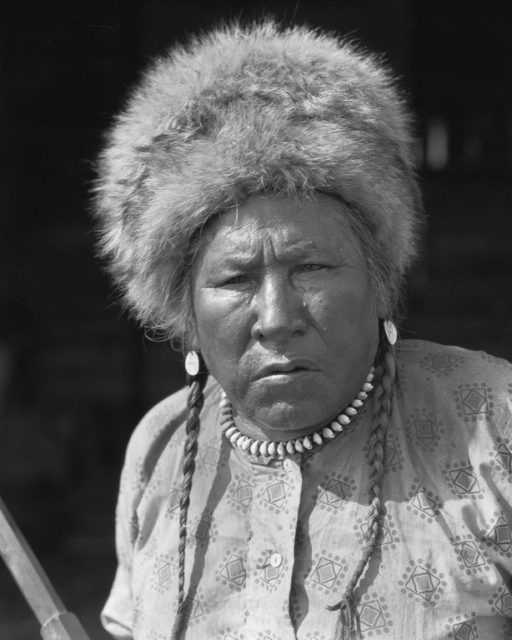
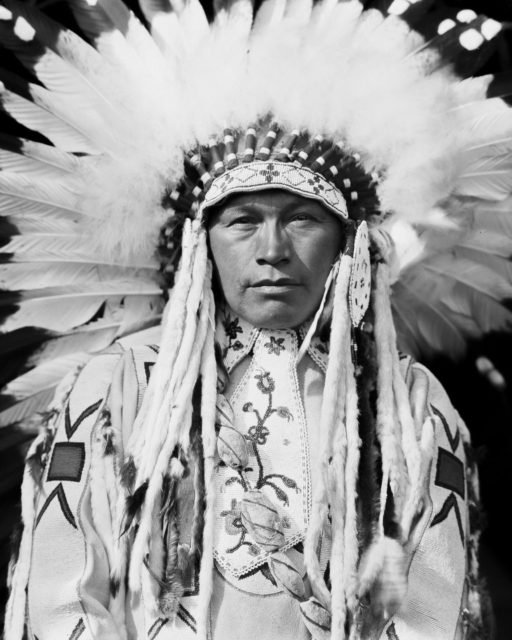
The rest of the population lives off-reserve, amongst the rest of the Canadian population. Many of these are urban Aboriginals living in cities, especially Edmonton (the provincial capital) which had an off-reserve status population of 18,210 people in 2011, the second highest for any city in Canada (after Winnipeg). All photos by Harry Pollard/Provincial Archives of Alberta
Besides this there were 19,945 people in Alberta in 2011 who claimed a North American Indian identity on the census but are not part of the officialIndian Register; such people are commonly called “non-status Indians”. There are 48 First Nations or “bands” in Alberta (in the sense of governments made up of a council and a chief), belonging to nine different ethnic groups or “tribes” based on their ancestral languages.
